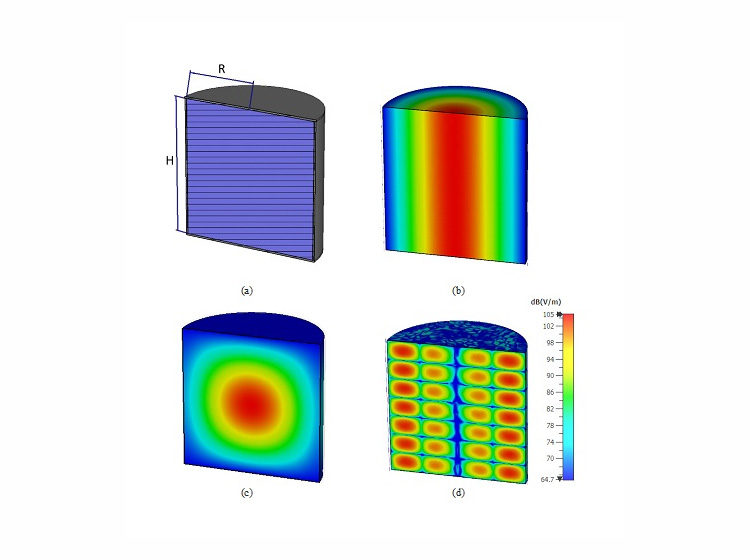The availability of several licensed and unlicensed frequency spectra in the millimeter (mm)-wave frequency range has created new opportunities in the area of high data rate applications. This has led to demands for mm-wave devices, especially high gain antennas, which are adaptive (reconfigurable), compact and cheap to manufacture.
In our previous publications on the matter of Liquid Crystals (LCs), we presented an accurate analytical technique based on the Finite Element Method (FEM), which can be used for the extraction of unknown dielectric properties of anisotropic media, including LCs. In addition, we have also presented how such a technique can be used in the context or well-known LC mixtures, such as K-15.
In this work, a transmission line method is used for the broadband characterization of nematic LCs in the frequency range of 30-60 GHz. For this purpose, a unique LC cell is proposed and using this, five different nematic LCs including E7, K15, E44, E63 and MDA-00-3506 are measured and the values of their electrical and mechanical parameters are extracted. The extraction of these parameters from the measurements involves an optimization using two recently developed finite element computer programs by the authors for the prediction of the local alignments of LC molecules and the wave propagation within the test cell.
The highest values of the dielectric birefringence and the highest values of the loss tangents are recorded for E44 and MDA-00-3506. The loss tangent for all the LCs shows a general downward trend as the frequency increases, which is a useful characteristic in the development of reconfigurable mm-wave devices.




Leave a Reply